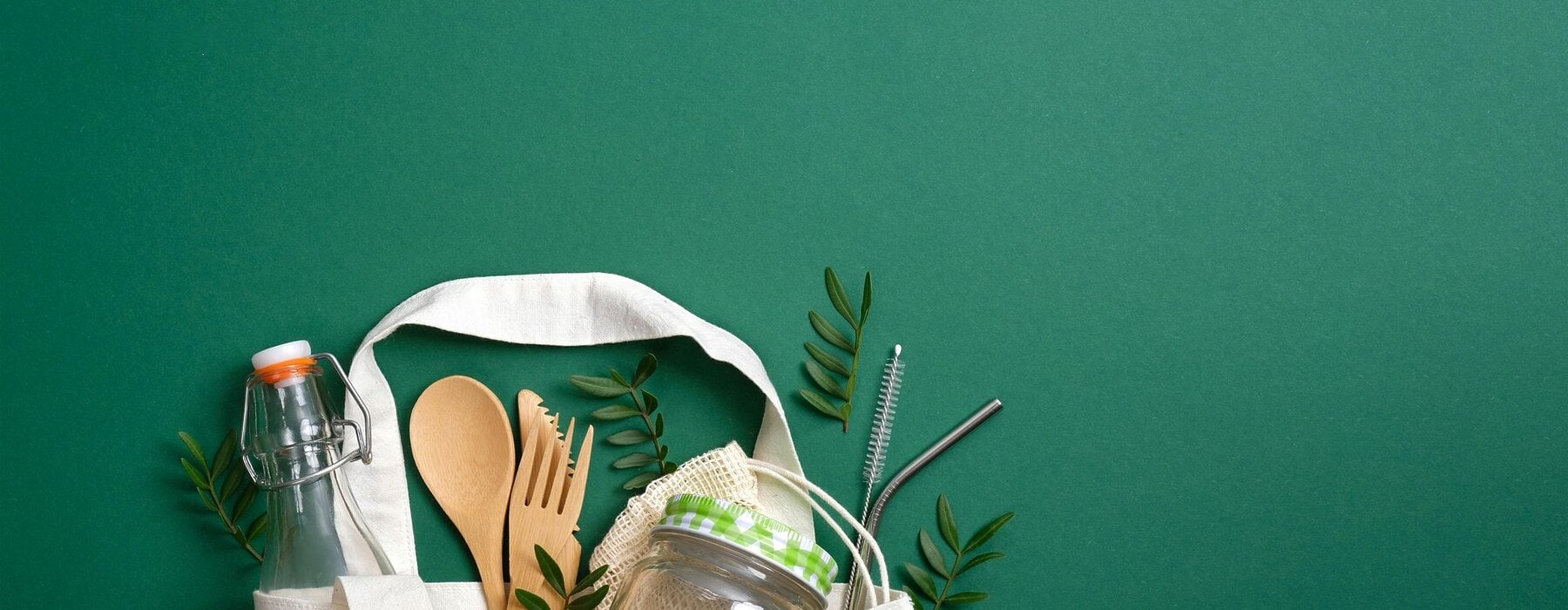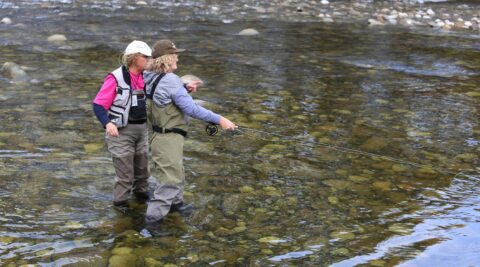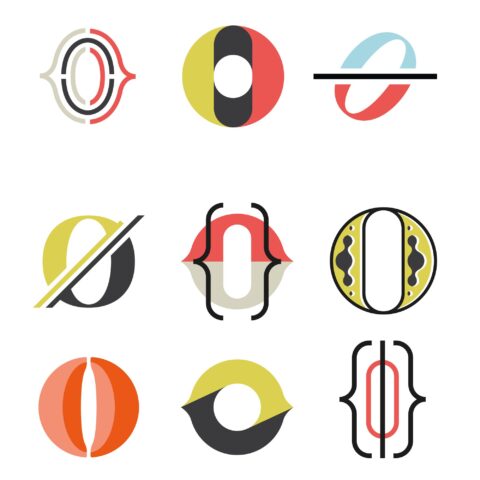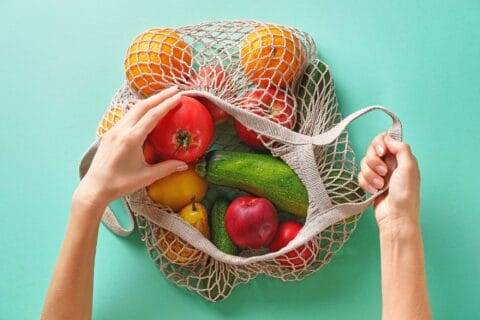Reducing the amount of trash you toss is important, but you don’t have to go completely #zerowaste to make a difference. Fiona Ralph explores.
The growing zero-waste community is aiming to slash their environmental footprints by reducing what they consume, reusing what they have, recycling what they can and refusing wasteful items.
While the aim is stellar, the end goal can be unattainable for many, and even the name could be misleading – low-waste would be a more accessible term. Not all #zerowasters are actually producing zero waste; most are aiming towards less waste. The most dedicated contain a year’s worth of rubbish in a small jar – like Kate Nelson (@plasticfreemermaid) and Shia Su (@wastelandrebel) – but this impressive effort is unachievable for many, especially parents. In terms of zero-waste, I’m still far away.
I recycle and compost as much as I can, refuse extra packaging when possible and shop mostly second-hand, which cuts down on packaging, manufacturing and shipping waste. I also try to reuse, repurpose or donate something before throwing it away. Thanks to these efforts, I’ve noticed our council rubbish bags getting smaller over the last couple of years, and now we only need to put them out about once a month.
Wherever you are in your waste journey, even cutting down a little bit can help – that’s the aim of eco advocates Juliet Dale and Miriama Kamo. Read on to find out more about Miriama’s rubbish reduction methods.
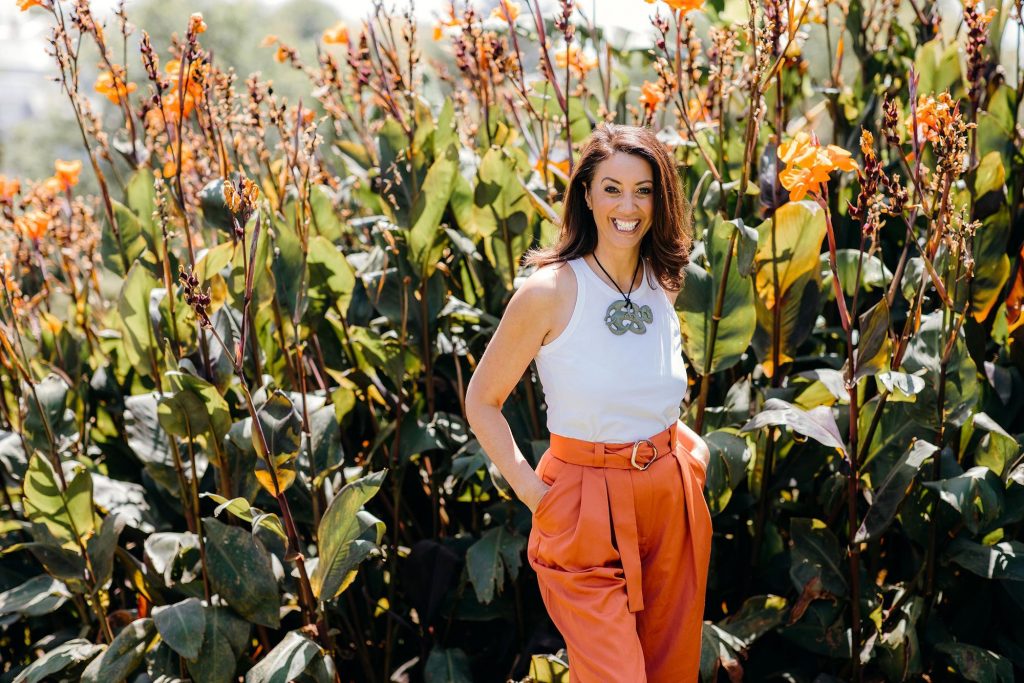
Reduce, reuse, recycle
TVNZ journalist, and recent Woman cover star, Miriama Kamo, started her low-waste journey after setting a goal of going waste-free in January 2019, and has committed to the #zerowaste kaupapa ever since.

